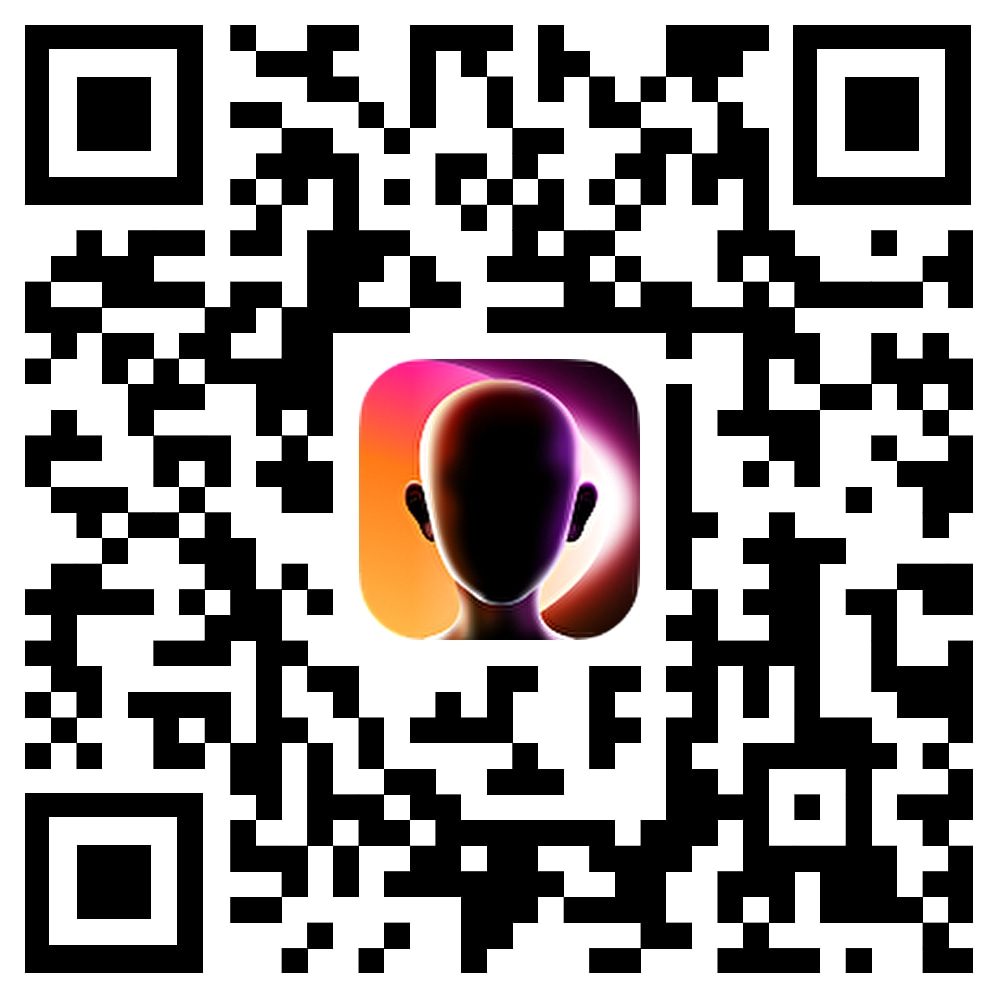Part 1. What is an AI artist?
AI artist refers to an artificial intelligence (AI) system designed to create art autonomously or assist human artists in their creative process. AI artists use machine learning algorithms and deep learning techniques to analyze and understand patterns in existing artworks and generate new art based on that knowledge.
Some AI artists can create paintings, drawings, or digital art, while others can generate music, poetry, or video content. They work by learning from a vast dataset of existing artworks or creative content and then producing original pieces that mimic the style, themes, or elements present in those examples.
AI artists are not meant to replace human creativity but rather to augment it and inspire new ideas. They can be valuable tools for artists to experiment with different styles, generate concepts, or overcome creative blocks. AI art is continually evolving, and the creations of AI artists often spark discussions about the intersection of technology and creativity in the art world.
Part 2. Guidelines for responsible use of AI artists
When utilizing AI artists, it is essential to consider the following factors:
1. Data and Copyright
Ensure that the AI artist's training data and the generated content do not violate copyright or intellectual property rights. Make sure to use properly licensed datasets and obtain permission when using copyrighted materials as inputs.
2. Bias and Fairness
AI artists learn from existing data, and if the data contains biases, it may reflect in the generated content. Be cautious of any biases present in the training data and take steps to mitigate or address them to ensure fairness and inclusivity in the generated art.
3. Creative Input
While AI artists can be helpful tools, it's essential to maintain the artist's creative input and not rely solely on AI-generated content. AI should be seen as a collaborator or a source of inspiration rather than a substitute for human creativity.
4. Experimentation and Exploration
Use AI artists to explore new artistic styles, techniques, and ideas. Embrace the experimental nature of AI-generated art and push the boundaries of creativity with technology.
5. Ethical Use
Be mindful of the content generated by AI artists and ensure that it aligns with ethical standards and societal norms. Avoid using AI to create harmful or offensive content.
6. Authenticity and Attribution
If AI-generated art is used in public or commercial contexts, clearly attribute the contribution of the AI artist and respect the transparency in disclosing the involvement of AI in the creative process.
7. Technical Limitations
Understand the limitations of the AI artist's capabilities and know that it may not always produce perfect or refined results. It's important to consider the context and appropriateness of the generated content.
8. User Privacy
If the AI artist interacts with users or requires user data, ensure user privacy is protected and data handling complies with relevant regulations and best practices.
9. Continual Improvement
Keep track of advancements in AI art and regularly update the AI artist's models to benefit from the latest technological developments and improvements.
By paying attention to these considerations, users can make the most of AI artists while maintaining ethical, creative, and responsible use of the technology.

